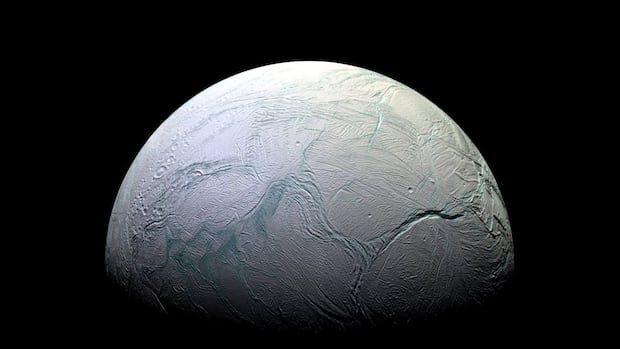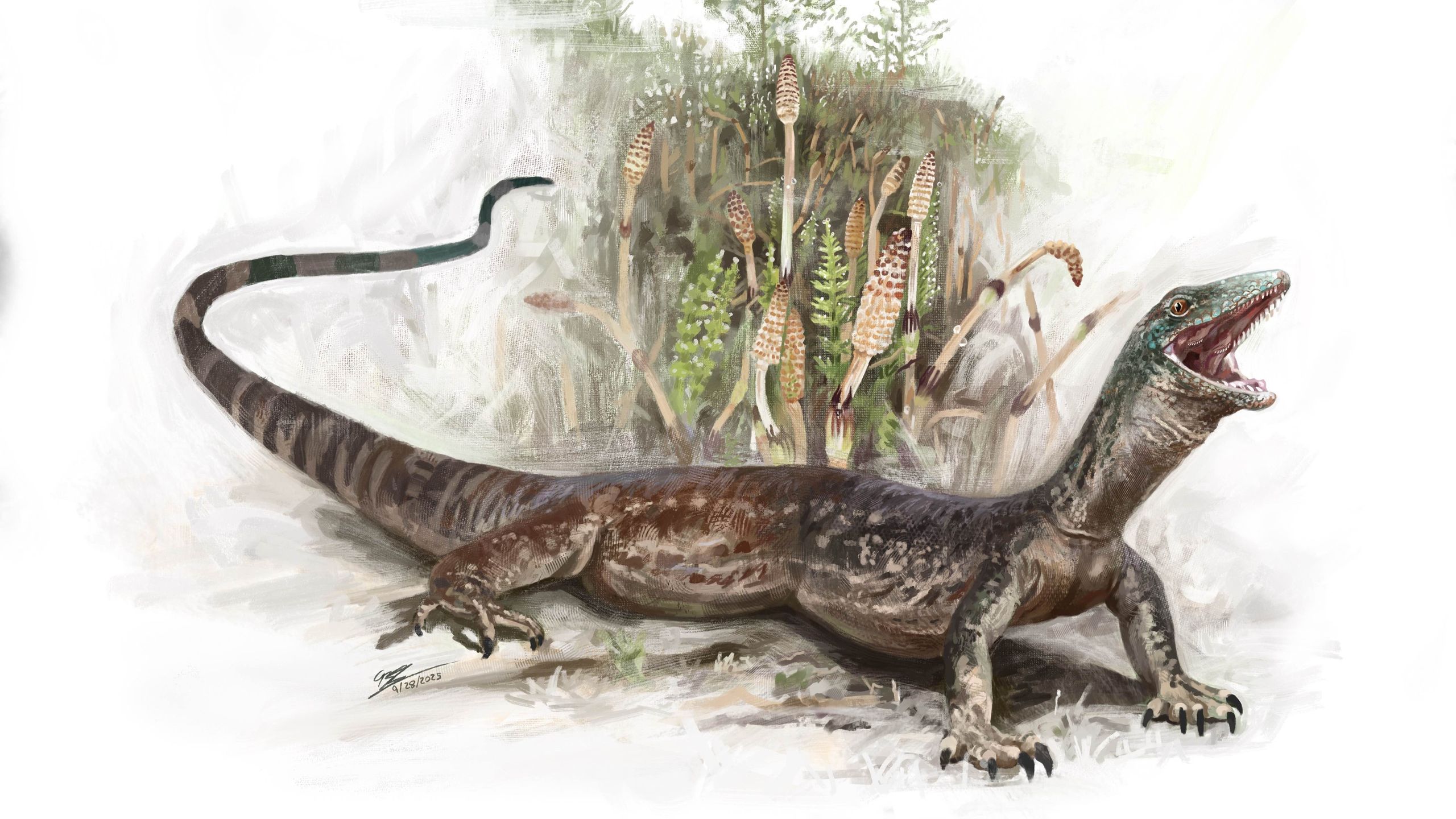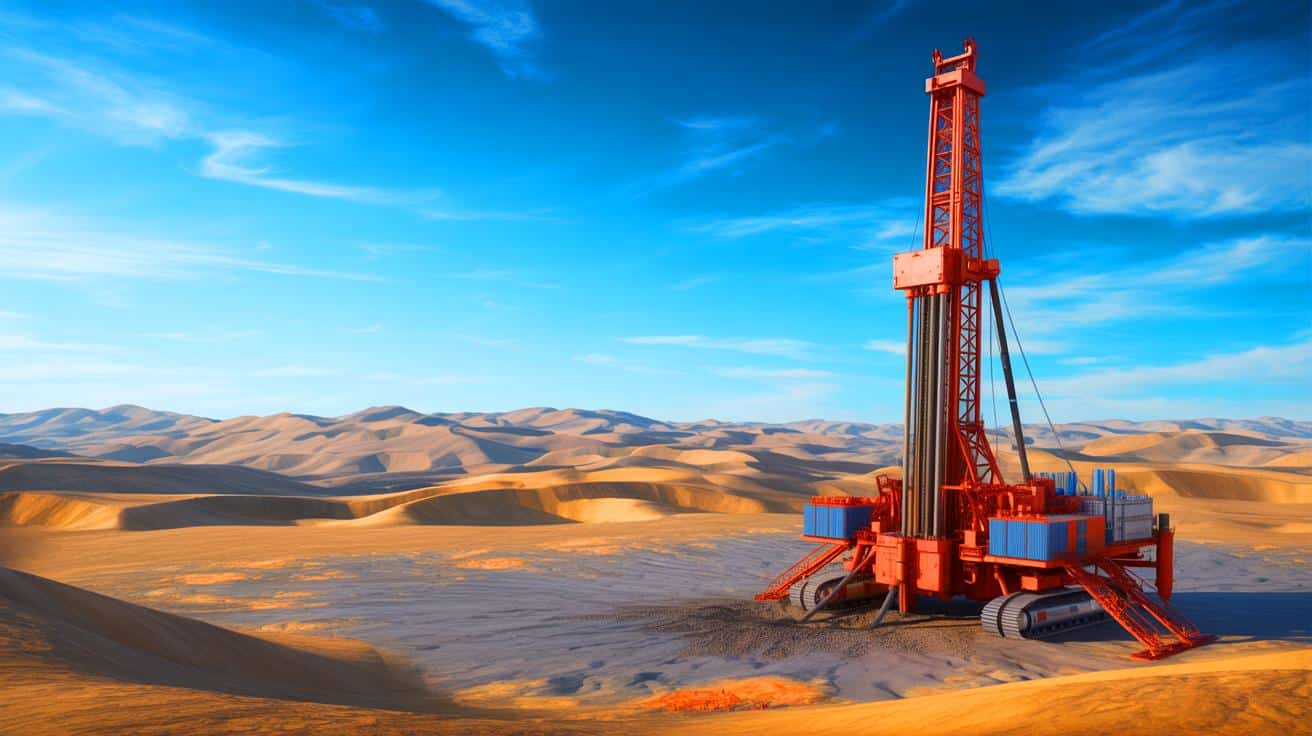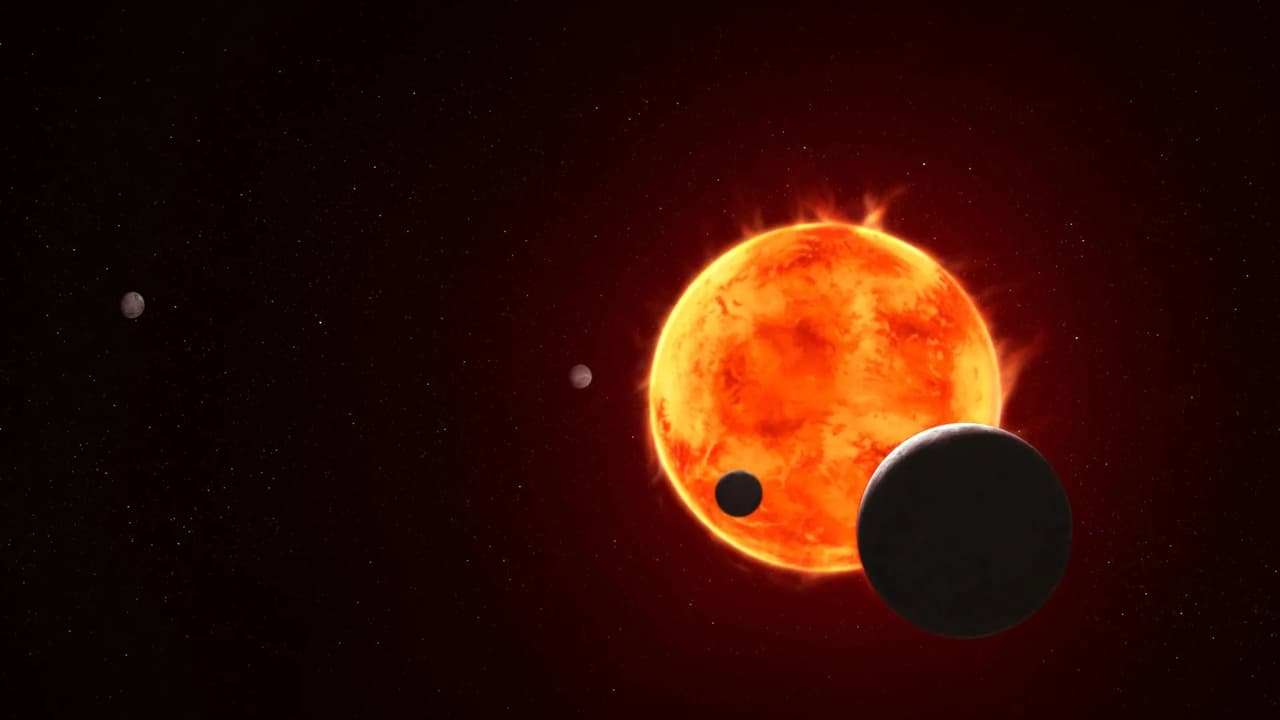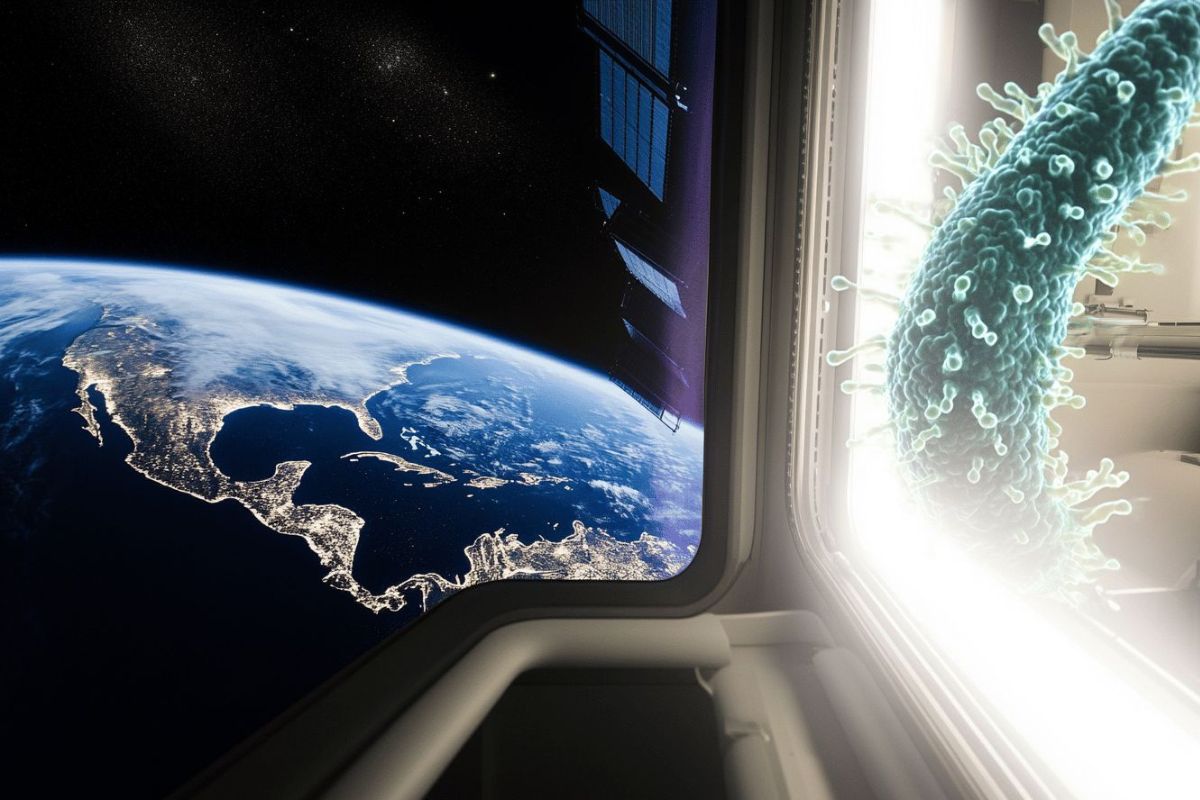Exploring Mars: Significant Ice Deposits Discovered Near the Surface
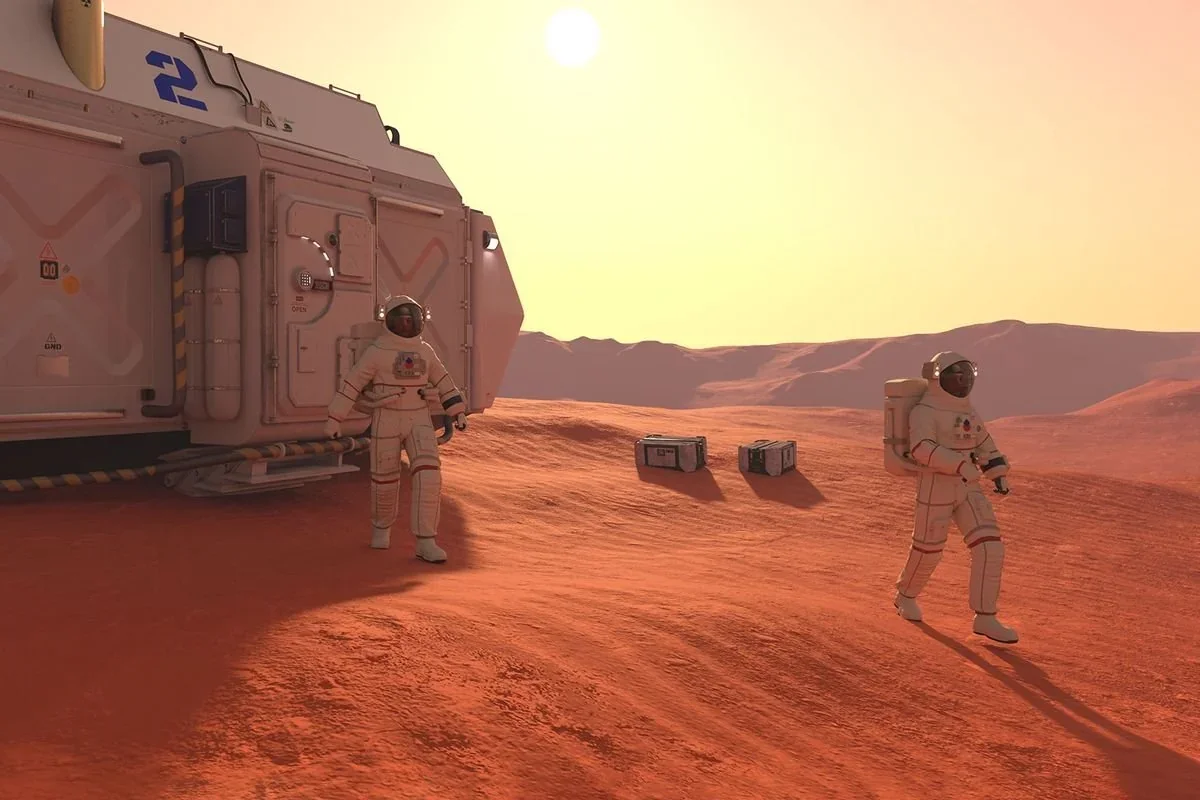
Mars is on the brink of becoming a new frontier for explorers looking for crucial ice deposits that could be essential for human survival. Recent geological studies have unveiled significant reserves of ice lying near the surface, particularly in the regions between Arcadia Planitia and Amazonis Planitiae. These findings could revolutionize future missions, allowing explorers to sustain themselves without the need for frequent, costly resupplies from Earth.
Why Focus on Arcadia and Amazonis Planitia?
The allure of Mars has captured the attention of scientists for decades; however, one of the primary challenges has been identifying suitable landing sites that can also support human life. The northern mid-latitudes, specifically Arcadia Planitia and the nearby Amazonis Planitia, have emerged as prime locations for this purpose. Recent examinations of these plains have revealed compelling evidence indicating that ice is located close enough to the surface for easy access, which is invaluable for future human missions.
Arcadia Planitia has garnered particular interest due to its unique geological features indicative of ice. Satellite images have captured thousands of thermal contraction polygons, which are formations that arise when soil undergoes cycles of freezing and thawing. The presence of ice-exposed craters and peculiar terrain formations known as “brain coral” further bolster the evidence that ice is accessible just beneath the Martian surface, making Arcadia a prime candidate for exploration.
As research continues, the implications of discovering accessible ice in Arcadia Planitia could not only support future human missions but may also provide crucial insights into the history of life on Mars. According to scientists, the potential for finding ice deposits just inches below the surface allows for easier extraction, which is vital for sustaining human life during prolonged missions.
Signs of Hidden Ice
To verify the presence of ice, scientists meticulously mapped approximately 9,000 thermal contraction polygons using high-resolution imagery. These polygons serve as indicators that ice may lie close to the surface, and researchers have confirmed that ice deposits are potentially only a few inches deep, accessible with basic tools or robotic devices. "If we're going to send humans to Mars, you need water—not just for drinking but for fuel and other critical uses," stated Erica Luzzi, a planetary geologist from the University of Mississippi. She emphasized that finding water close to the surface is crucial for future Martian expeditions.
In Arcadia Planitia, several newly created craters have unveiled clear evidence of exposed ice. This discovery supports the hypothesis that substantial ice deposits are lying just beneath the planet's dusty exterior. Scientists theorize that these ice reserves have persisted beneath layers of Martian soil due to significant changes in the planet's climate over millions of years, effectively protecting the ice from melting.
Climate Changes and Ice Preservation
Mars’ climate is subject to dramatic changes influenced by variations in its orbit. During periods when Mars tilts more, mid-latitude regions can accumulate substantial snow that eventually forms thick layers of ice. As the climate shifts, these layers can become buried by soil, acting as a protective shield against melting during warmer cycles.
“During high-obliquity periods, ice could accumulate easily,” Luzzi elaborated. “Later, protective soil covered the ice rapidly enough to preserve it. This suggests that there may be substantial ice reserves still remaining.” Data from orbiting instruments like SHAllow RADar (SHARAD) aboard the Mars Reconnaissance Orbiter further corroborate the existence of these hidden layers, while neutron detectors hint at the presence of even larger, undisturbed ice deposits lying deeper beneath the surface.
Debating the Type of Ice
There is ongoing debate among scientists regarding whether the mid-latitude ice on Mars mainly consists of "excess ice" or "pore ice." Excess ice refers to large, solid masses of ice, while pore ice fills the gaps between soil particles. While both types can be beneficial, excess ice offers significantly greater resources for potential human use.
Initial radar surveys suggested that Arcadia Planitia contains massive deposits of excess ice; however, subsequent analyses have indicated a prevalence of pore ice. Despite this debate, the evidence from ice-exposing craters strongly supports the existence of sizable ice reserves accessible near the surface. “We might not know precisely how much ice is there until a robot or human mission explores the site,” remarked Giacomo Nodjoumi from the Italian Space Agency. “Our data strongly supports abundant ice, but direct measurements will confirm it.”
Future Exploration Plans
Looking ahead, scientists are meticulously evaluating three potential landing sites within Arcadia Planitia (designated AP-1, AP-8, and AP-9) for future missions. These sites have been identified as ideal due to their optimal balance of sunlight for solar power generation and cold temperatures that help preserve surface ice. The extraction of surface ice at these locations could significantly simplify future mission logistics.
“The mid-latitudes offer a perfect balance,” Luzzi noted. “These areas receive ample sunlight for solar power, yet they’re cold enough to retain ice near the surface.” Future exploration missions aim not only to determine the quantity and type of ice but also to evaluate the habitability of these regions. Ice has the potential to preserve organic molecules and even microbial life, providing valuable insights into Mars’ ability to support life, both past and present. If these ice reserves contain evidence of ancient microbial activity, it could radically transform our understanding of life in the universe.
A robotic mission is being planned as the next step in this exploration, which could be equipped with radar technology to map the distribution of ice. This would aid in pinpointing precise landing spots for human expeditions, where local water extraction could directly support life and fuel production.
Toward a Sustainable Human Presence on Mars
Establishing a lasting human presence on Mars hinges on the concept of in situ resource utilization—using local resources to sustain life. Water ice would not only provide drinking water but also facilitate the production of breathable air and rocket fuel. Achieving this level of self-sufficiency is essential, as resupplies from Earth would be impractical for extended missions.
“Traveling to the moon for supplies takes days, but Mars takes months,” Nodjoumi explained. “Thus, we must leverage local resources like ice to survive long-term.” The promising ice reserves discovered in regions like Arcadia Planitia might very well serve as the cornerstone for future Martian exploration endeavors. Although humans have yet to set foot on the Red Planet, studies like these clearly indicate where those historic first steps could eventually occur.
The research findings that detail these significant discoveries are available in the Journal of Geophysical Research Planets.

















